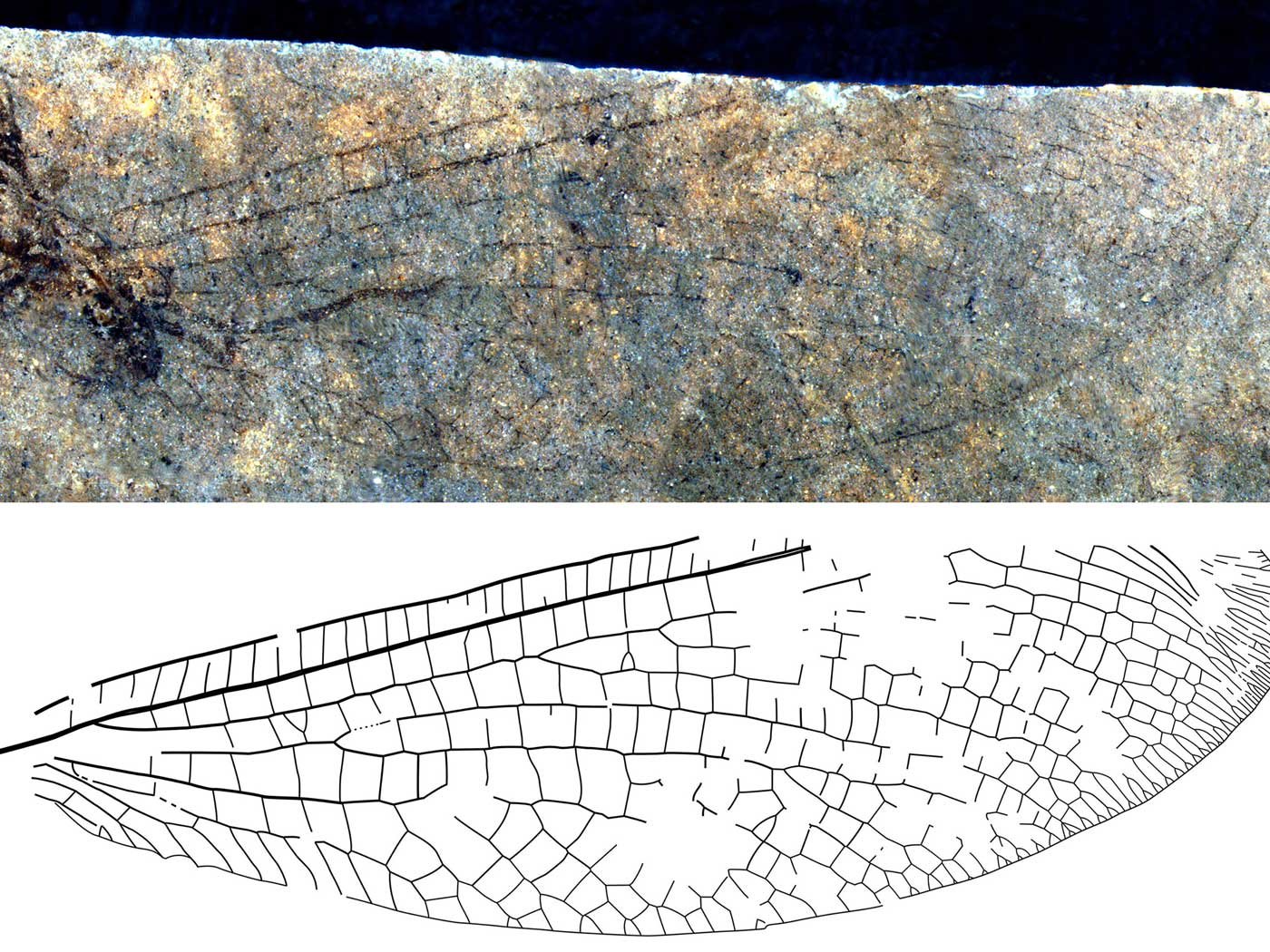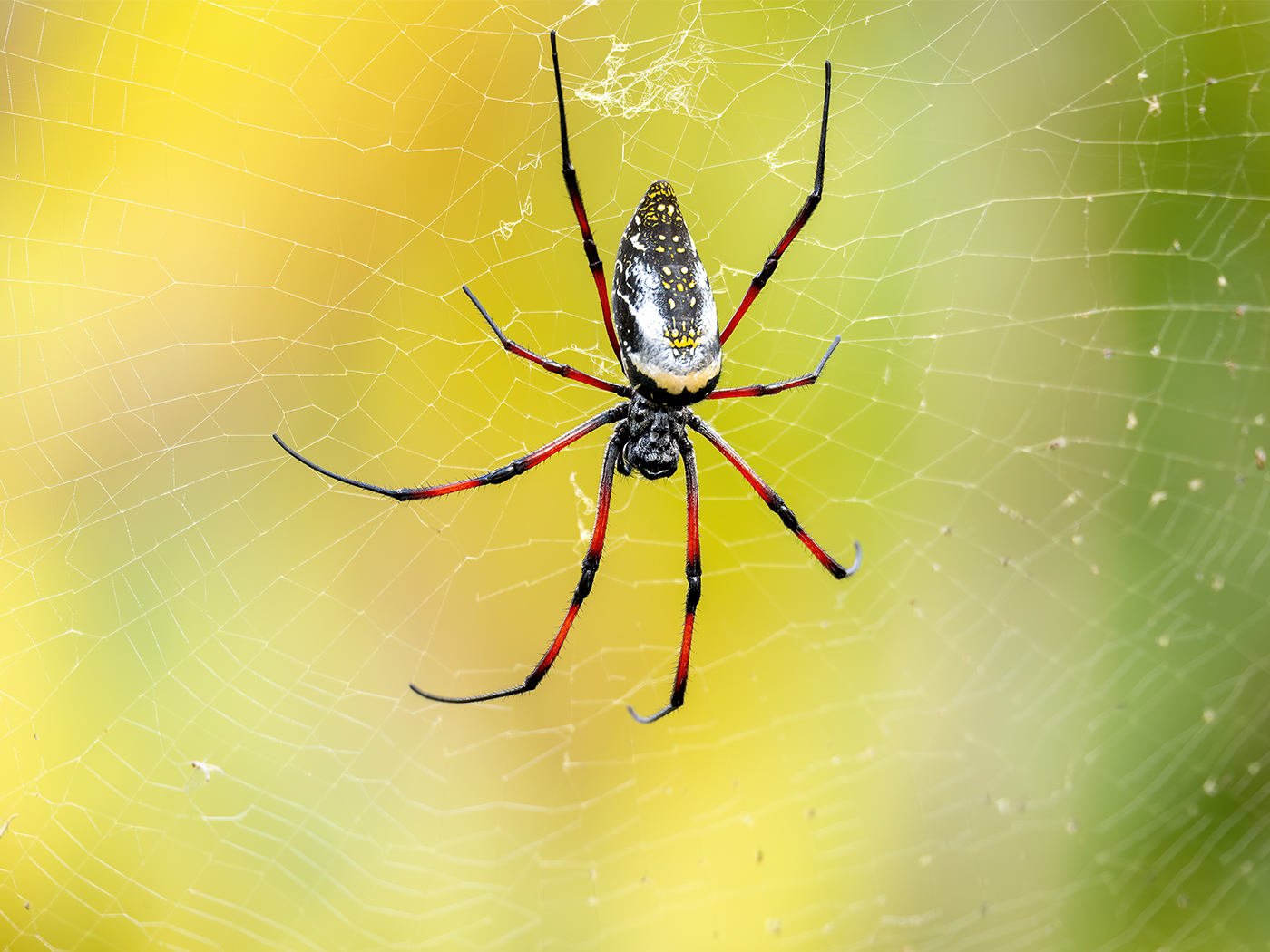The La Brea tar pits in Los Angeles—actually seeps of smelly asphaltum—are loaded with fossils. New analyses of chemicals inside their ancient teeth give clues as to what they ate and maybe why some of them went extinct.
Over 100 years of excavations at La Brea have yielded about 3.5 million specimens.1 Most are individual bones, but they also include at least 6,300 insect-body parts.2 Predatory species of the many bird and mammal bones dominate the pits—far more than a single ecosystem could support. Some unknown process piled predator parts into the pits.
Mammal remains in the asphaltum include big predators, like the dire wolf and sabre-toothed cat, plus megafauna (large animals) prey, like mammoths and ground sloths. Bones of more familiar forms such as ducks, coyotes, eagles, and pumas got caught in the fossil mix too.
La Brea bone peculiarities, like their dense packing, plus new details from stable carbon isotope ratios in certain fossil teeth, clamor for explanations. After chewing on isotope details for the last decade,3 Vanderbilt University paleontologist Larisa DeSantis and her team published their finds in the journal Current Biology.1
Where did those giant predators come from, and where did they go? Stable carbon isotopes can give clues to ancient animal diets, and diets may help answer the question of large predator demise. DeSantis examined isotopes from the teeth of saber-toothed cats (extinct), American lions (extinct), and cougars (still living), plus those of dire wolves (extinct) and coyotes (still living). Her team found that the large cats ate animals that lived on forest plants (e.g., deer), while the large wolves ate animals that ate plants that grew on open plains (e.g., mammoths). Different plant diets of the prey animals gave different carbon isotope ratios to their bones. Predator body tissues preserved the isotope ratios of their prey.
The study authors wrote, “Collectively, this multi-proxy analysis demonstrates that the Rancho La Brea felids [cats] and canids [dogs] exhibited minimal competition for prey up to the time of their extinction.”1
So why did coyotes survive after their larger cousins the dire wolves went extinct? The team suggested that dietary specialization may have contributed to their extinction. For example, dire wolves depended on large open-field prey like steppe bison.
According to Vanderbilt News, “Predators alive today in the Americas were better able to adapt their diets. Instead of only feeding on large prey, they could effectively hunt small mammals, scavenge what they could from carcasses or do both.”3 If yesterday’s coyote diets resembled today’s lobo lunches, then opportunism helped them survive through the rigors of the Ice Age.
The isotope evidence and the follow-on idea that overspecialized diets may have contributed to large animal extinction fits biblical history. God created each animal kind with an ability to diversify over generations. Descendants were fruitful, multiplied, and filled the earth both before and after the Flood.4 For example, the first cats contained the genetic diversity to specialize into large and small, with sabre-toothed varieties able to take down large prey. In time, they became dependent on that one primary food source. Once that large prey went extinct, it appears that cat variety went with it.
Meanwhile, smaller cat varieties like cougars kept living, diversifying, and even merging with other cat varieties.5 Over time, some cat and dog variations have also gone extinct, but cat and dog kinds did not.
The framework of variations within kinds continues to fit patterns seen in both today’s and yesterday’s animals. Giant versions of sloth, elephant, and dog and cat kinds showcase both the creativity of their Creator and His foresight in endowing each kind with the potential to diversify with such great variety. The extinction of the big versions of these animals follows from the fall of Genesis 3, where God cursed the earth because of sin. Although extinctions are sad realities in general, God deserves appreciation for closing the chapter on those dangerous monsters so that we can enjoy safer places to live.
References
1. DeSantis, L. R. G. et al. 2019. Causes and Consequences of Pleistocene Megafaunal Extinctions as Revealed from Rancho La Brea Mammals. Current Biology. 29 (15): 2488-2495.
2. Weston, W. 2003. Le Brea Tar Pits: Evidence of a Catastrophic Flood. Creation Research Society Quarterly. 40 (1) 25-33.
3. Turney, S. Intense look at La Brea Tar Pits explains why we have coyotes, not saber-toothed cats. Vanderbilt University News. Posted on news.vanderbilt.edu August 5, 2019, accessed August 6, 2019.
4. Genesis 1:28. 5. Thomas, B. 2012. Lions and Tigers, Tigons and Ligers. Acts & Facts. 41 (12): 17.
Dr. Thomas is a Research Associate at the Institute for Creation Research and earned his Ph.D. in paleobiochemistry from the University of Liverpool.

The Tar Tells Toothy Tales of Extinction
The Latest
The Golden Numbers
Evolutionists theorize that the universe came into being through random means. Fundamentally, randomness lacks symmetry since the very concept of symmetry...
Scientists Question Foundational Big Bang Assumption
In April 2024, some of the world’s leading cosmologists convened at the Royal Society in London to question the cosmological principle—the...
Moroccan Dinosaurs in Marine Rocks, Too
Two recent papers by paleontologist Nicholas Longrich and his colleagues describe some unexpected findings in phosphate mines of northern Morocco.1,2...
CREATION PODCAST
Ernst Haeckel: Evolutionary Huckster | The Creation Podcast:...
Ernst Haeckel, a German Zoologist, is famous for developing a series of images of embryos in development called Anthropogenie. These images,...
Bees Master Complex Tasks Through Social Interaction
Bees are simply incredible.1,2 These little furry fliers challenge the very foundation of Darwinism in many diverse ways.
Bees have been...
The Tail of Man’s Supposed Ancestors
Although it has been known for decades and despite insistence to the contrary from the evolutionary community, man—Homo sapiens—has never...
When Day Meets Night—A Total Success!
The skies cleared above North Texas on Monday, April 8, for a spectacular view of the 2024 Great American Solar Eclipse. Hundreds of guests joined...
The Sun and Moon—Designed for Eclipses
Before discovering thousands of planets in other solar systems, scientists tended to assume that other solar systems would be very similar to our own....
Let ICR Help You Prepare for the Great American Solar Eclipse!
On Monday, April 8th, the moon will move directly between the earth and the sun, resulting in a total solar eclipse visible in northern Mexico, much...
Total Eclipse on April 8th
“You alone are the LORD; You have made heaven, the heaven of heavens, with all their host, the earth and everything on it, the seas and all that...





















